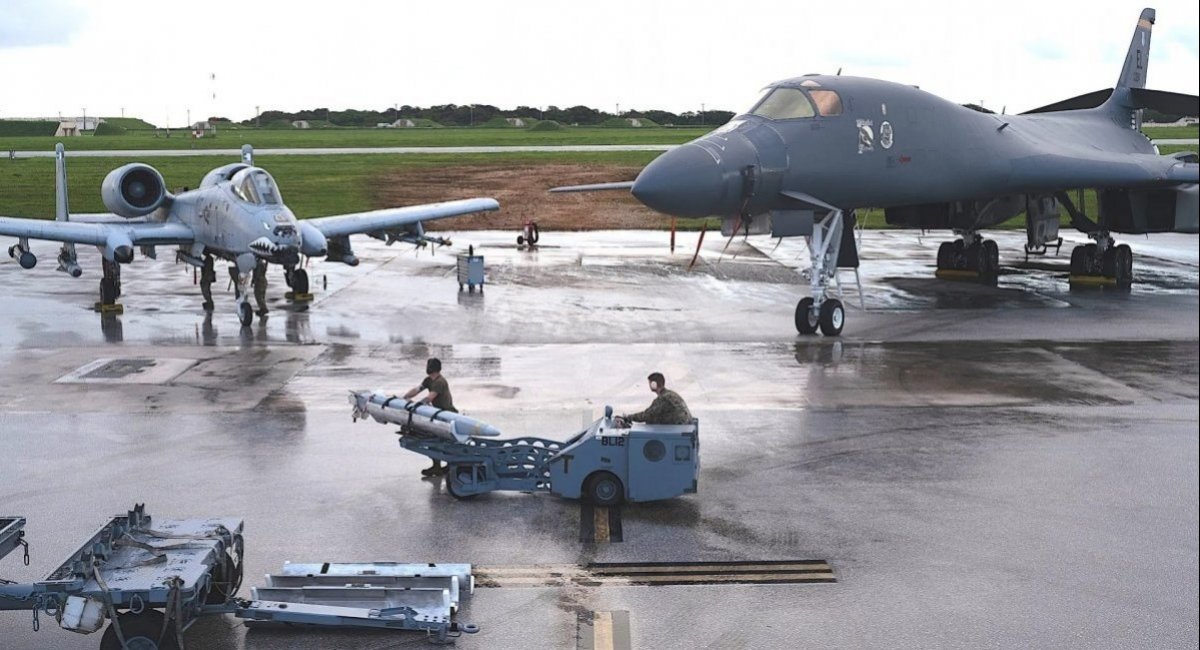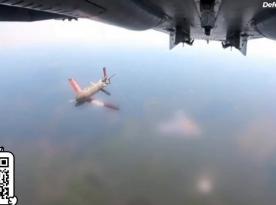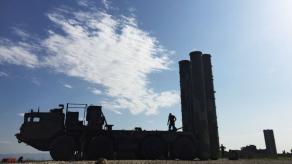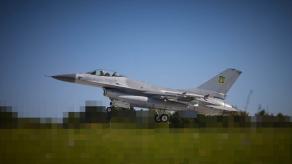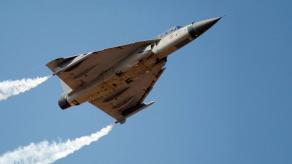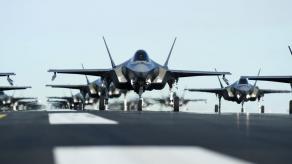The russian invasion forces in Ukraine have discovered the wreckage of an unmanned aerial vehicle identified as ADM-160 MALD in the Kherson region. These drones are believed to be part of the Ukrainian Defense Forces' inventory: they are launched from aircraft to act as decoys during saturation attacks, overwhelming the enemy's air defense system.
This marks the second documented instance, supported by photo evidence, of the Ukrainian military employing ADM-160 MALD in strikes against russian military facilities.
Read more: For 100% Effectiveness of 'Storm Shadow' Strike, Ukraine Uses It Together With HARM and MALD
The first mention of such use dates back to May 2023. It coincided with the introduction of British Storm Shadow cruise missiles in the Ukrainian Armed Forces, and it's believed that MALD allows to unleash the full potential of Storm Shadow when used together.
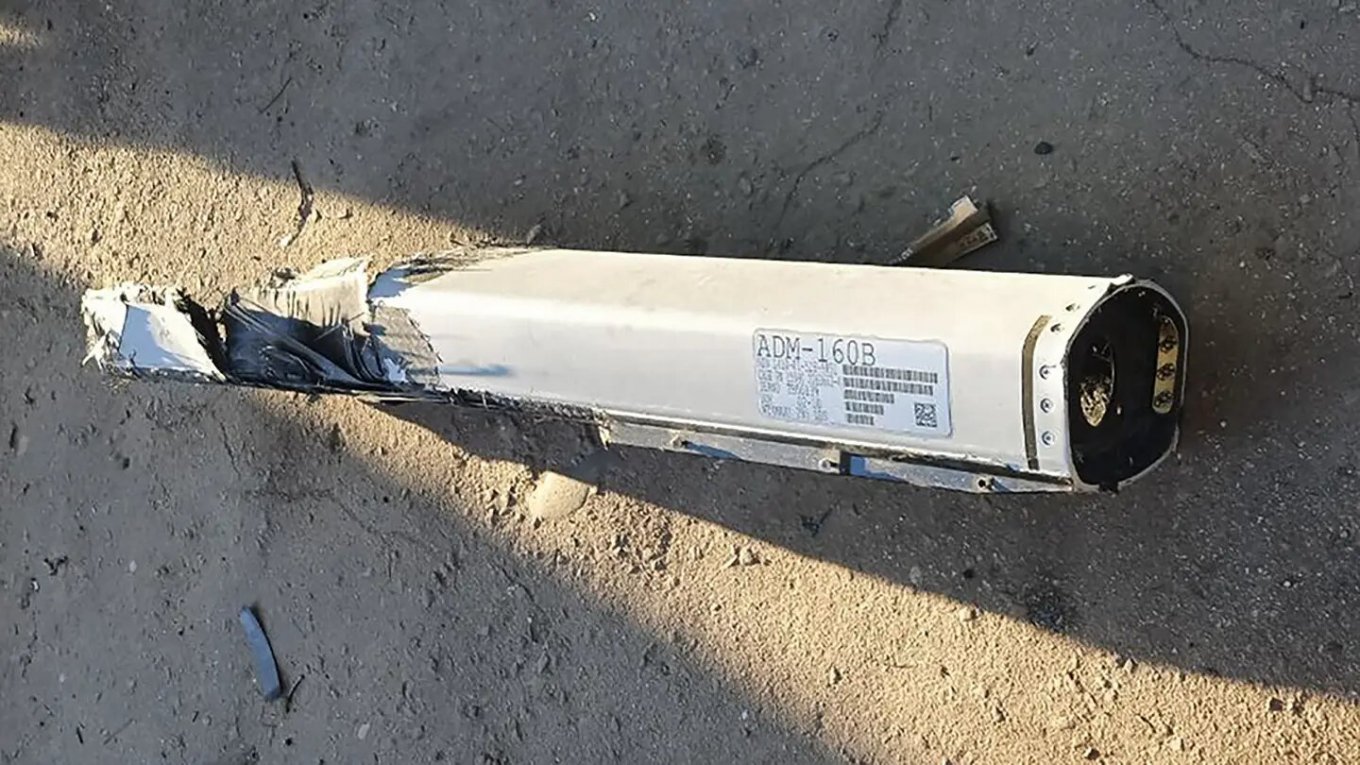
The ADM-160 MALD is a rocket-propelled miniature drone designed to simulate cruise missiles or other air targets to breach enemy air defenses. With a body length of only 2.38 meters, a wingspan of 0.65 meters, and a launch weight of 45 kilograms, it can cover a range of 460 to 570 kilometers, depending on the modification. The drone is equipped with onboard systems to mimic the radar reflection of a real cruise missile.
The compact size of these drones allows for attachment to various aircraft: four units can fit on an F-16 fighter, up to 12 on an A-10 attack aircraft, or up to 16 on a B-52 bomber.
Surely, Ukraine has none of the mentioned aircraft yet, thus the carrier used to deploy ADM-160 MALD decoys remains a mystery. To be able to, either Ukraine's Soviet-type aircraft (of any type), or the MALD itself would need to undergo an adaptation.

The presence of American decoy drones ADM-160 MALD in Ukraine is not publicly disclosed, and the United States has not officially announced their transfer to the Ukrainian Armed Forces.
Consequently, any adaptations required for aircraft to carry and launch MALDs have not been openly mentioned or discussed, unlike the remodeling introduced in order to enable Ukrainian aircraft to launch JDAM guided bombs, HARM anti-radar missiles, or Buk SAM systems modified to fire AIM-7 interceptors.
Read more: Can the MiG-29 Be Retrofitted to Carry a Ballistic Missile, and How Much Time Could This Take?




